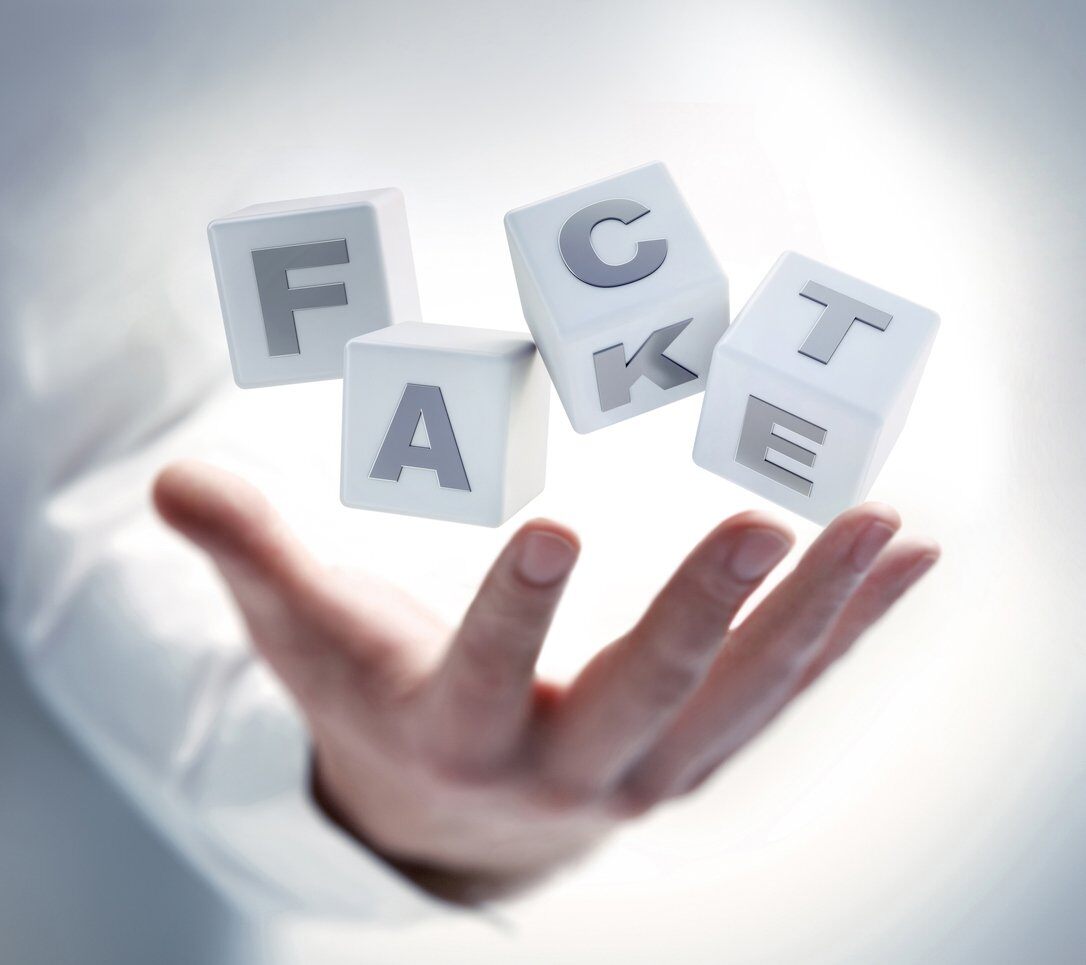
Is This Valid? 5 Common E-Sign Myths & Misconceptions Debunked
Over the past two decades, electronic signatures have enabled organizations to save time and reduce expenses while eliminating common risks associated with manual, paper-based processes. Yet despite the benefits, there are still several mistruths around electronic signatures that have caused many to be skeptical. So to help clear the air around electronic signatures, here are 5 common myths debunked:
#1 Electronic signatures aren't legally binding
One common misconception around electronic signatures is that their legal enforceability is inferior to handwritten, or wet signatures. In reality, electronic signatures have held the same legal weight as wet signatures since the ESIGN act was signed in 2000, as long as a few basic requirements are satisfied. These include a record of the electronic signature and proof of consent and intent, just as you would need with a physical signature on paper. E- signature solutions meet these requirements by prompting signers to acknowledge their consent to do business electronically by clicking or checking a box. The signer then proves intent when they take an action to sign, like typing their name, which is then recorded within an audit trail and retained for record. These simple, built-in steps create a valid and enforceable electronic signature. While most legally recognized e-signatures follow the same requirements as the ESIGN Act in the U.S., not all electronic signature laws are the same, so be sure to check your region’s regulations.
#2 Your e-signature needs to resemble your handwritten signature
Just as electronic signatures hold equal legal weight to wet signatures, a typed e-signature is equal to those drawn using a mouse or touch screen. When recipients electronically sign a document, whether drawn or typed, they’re assigned a unique identifier to serve as proof of association of the signature with record. This functions the same way as a unique signature or thumbprint. As noted above, when proof of consent, intent, and records are met with electronic signatures, that’s all that’s required for them to be legally recognized, regardless of how they’re formed. There have even been court cases where contracts have been enforced due to a party showing their intent to accept the terms of the agreement by email exchange or text message, even though there was no drawn or typed signature.
#3 Electronic signatures aren't secure
Unlike traditional pen and paper signatures that can be easily forged or tampered with, electronic signatures have layers of authentication and security built into them. For example, ReadySign’s security measures include data encryption, multi-factor authentication, audit trails, and access control to name a few. Access control allows you to assign custom user permissions to manage which files and folders each user has access to, so sensitive information is protected while remaining easily accessible to authorized users. ReadySign also has no back-end access to your data, which is a common compliance requirement for educational and medical institutions. With these security measures, electronic signature solutions make executing and storing digital documents more secure than using paper and filing cabinets.
#4 You have to pay to sign a document
Recipients do not need to pay to electronically sign documents. In fact, they don’t even need to create a username or sign into the system when using solutions like ReadySign. They will receive an email invitation to review and complete the document directly to their inbox. Once accepted, the system will guide them through each signature field to ensure the document is fully and accurately completed. All parties will be automatically notified upon completion and provided finalized copies for their records. Electronic signature solutions provide a free and convenient signing experience for recipients, so you won’t have to worry about burdening signers with fees or the hassle of printing, mailing, or hand-delivering documents.
#5 You need a computer to sign
A significant advantage of using electronic signatures is that they enable recipients to sign off on contracts, invoices, consent forms, and other documents from any device online. Signers can remotely execute documents from the convenience of their desktop, tablet, or mobile device, allowing for on-the-go signatures and faster document turnaround times. According to the 2020 Mobile Consumer Study, about 90 percent of adults own a smartphone, with around 95 percent of those smartphones used daily, making it more likely than ever that signers will be reaching for their phones to complete documents and sign agreements.
As conducting business electronically increasingly becomes the norm over the exception, it’s important to understand the facts around electronic signatures. People around the world rely on electronic signatures to ensure their documents are stored and shared securely and are legally valid and enforceable. To learn how electronic signatures can help you simplify the way you sign, store, and share your documents while keeping your data secure, click here to request your demo of ReadySign.


